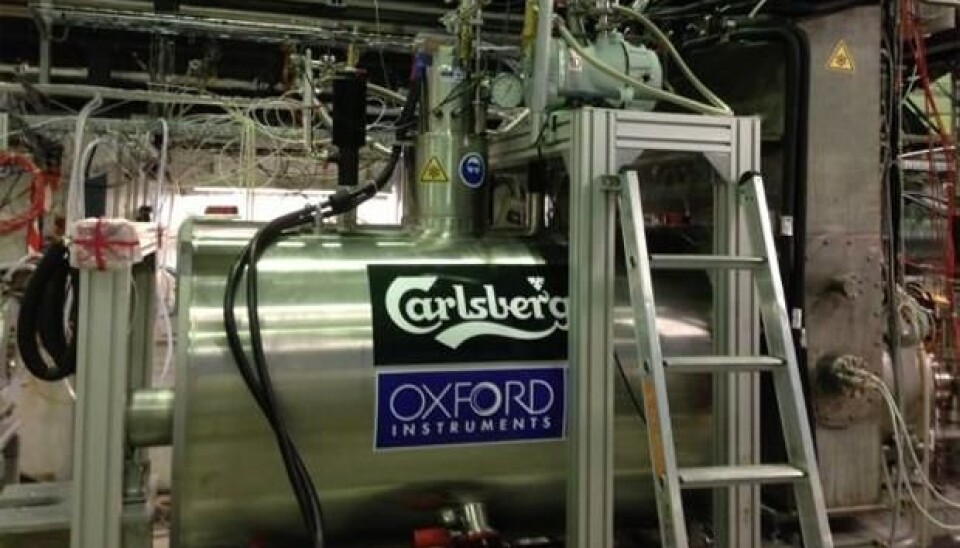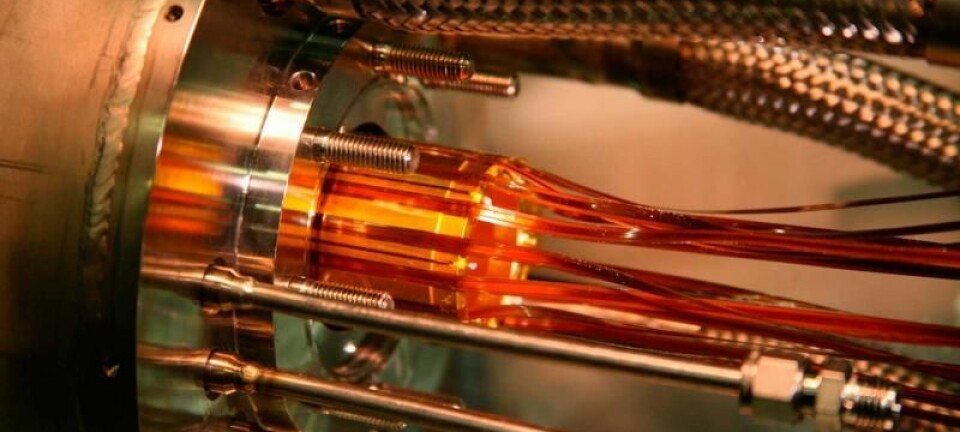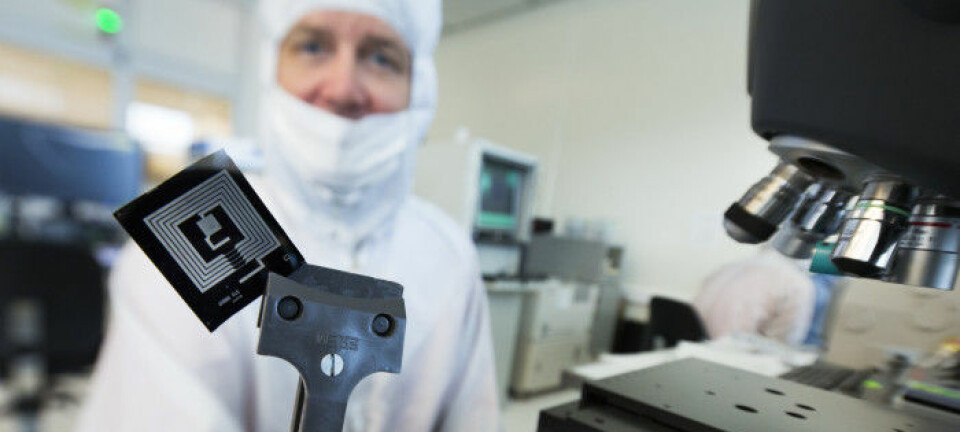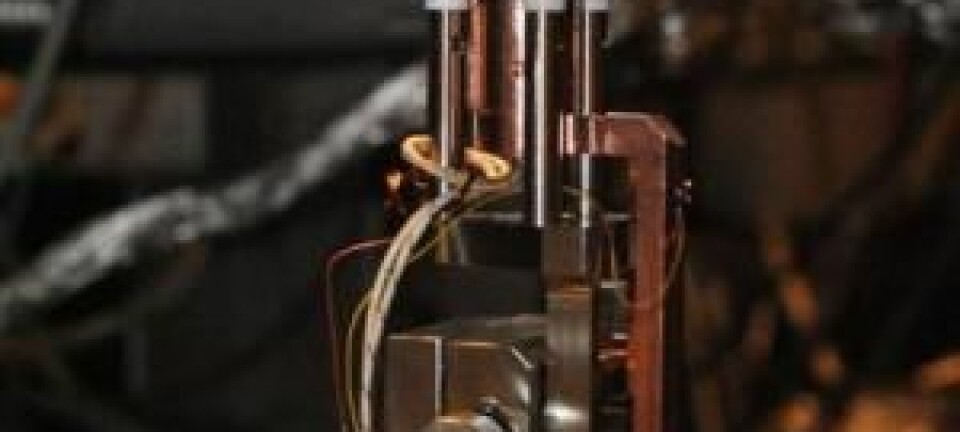
CERN: Antihydrogen has no electric charge
Using a new anti-nuclear trap CERN scientists have shown that the antihydrogen is electrically neutral.
Antimatter is tricky to work with, as it ceases to exist as soon as it comes into contact with ordinary matter.
In 2010, a team of CERN scientists successfully captured it using a special magnet field. Then, in 2014, the same group of scientists managed to measure the electric charge of this antihydrogen, which turned out to be neutral--just as they had expected.
Now, scientists have managed to measure this charge again, twenty times more precisely than in 2014, using a new method and a new anti-atom trap.
The results are published in the journal Nature.
Unaffected by an electric field
In the new study, the scientists tried to make the antimatter move by ‘pushing it’ with electromagnetic waves. But the antihydrogen atoms would not be moved, which suggests that they either have no charge or an extremely tiny amount of change
These results demonstrate the affect of electromagnetic fields and are an important first step for future work on antimatter and how it is affected by gravity.
This is what the scientists behind the new research are now turning their attention to. They will find out how these antihydrogen atoms are affected by gravity and whether they are attracted or repelled by ordinary matter.
Most physicists expect that anti-atoms are attracted to ordinary matter and would, for example, fall towards the Earth when released. If this is not the case, then it may have big implications for the evolution of the universe.
How antihydrogen atoms (the yellow dot) behave in an alternating electric field, when caught in an atom trap (red curve). The antihydrogen can only escape the trap if it has an high enough electric charge, as shown in this simulation. In reality, the antihydrogen atom never escapes the trap, leading scientists to conclude that the antihydrogen atoms are electrically neutral. (Video: J. Fajans / ALPHA)
--------------------
Read the Danish version of this story on Videnskab.dk
Translated by: Catherine Jex









